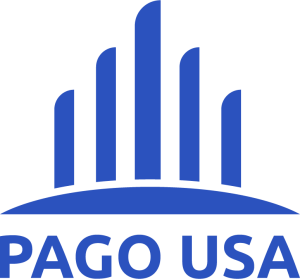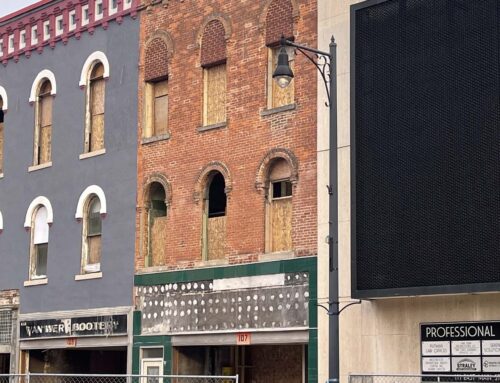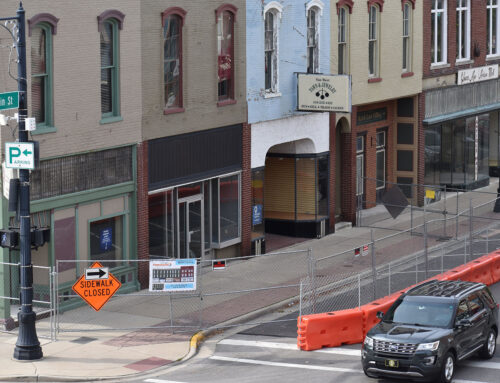Pago Principle: The private sector must drive the vision
When it comes to revitalizing downtowns, the private sector should lead the vision and elected officials should support and advocate for it
Pago USA believes that the private sector—not governments—should drive the vision of a downtown revitalization.
That’s not at all to say that the government participate, or even initiate a project to fix a declining downtown. Such work usually relies on the public and private sector working together closely.
We believe the private sector taking the reins has some distinct advantages. When business interests, economic engines and entrepreneurs drive the vision, the work can transcend political cycles and be executed on their timeline and with more expediency.
Pago Principle: Public officials should assist, but often face political constraints
Pago has worked with elected officials in Indiana and beyond who embraced a bold vision, initiated the process and then recruited the private sector to drive the vision.
In these cases, the elected officials of those cities initiated conversations with the private sector about partnerships and strategies that could help flip the script on the community’s downtown decline.
Pago USA works with community leaders and other organizations to strategically acquire and repair aging downtown buildings using private funds as well as federal and state resources.
There is significant power in responsible partnerships between private and public sectors, although elected leaders are limited by a system that often checks their ability to move the ball forward efficiently.
Pago Principle: The private sector has more flexibility
The private sector has more flexibility than government and taxpayer-funded agencies. They can act faster and do so with less administrative red tape.
Instead of waiting for approval from a committee or commission that makes decisions monthly, the private sector can act right away.
The private sector is, of course, still bound by the rules and the law, but they are not beholden to the same procedures and requirements as those in public service.
As we’ve written, time is of the essence when it comes to downtown development projects. Without timeliness, deteriorating buildings pose safety threats and promise higher costs.
Pago Principle: Forge a responsible public-private partnership
This stage is where the deals often get done. The economics of revitalizing historic (and non-historic) buildings in a declining downtown requires a strong partnership with the public sector.
In other words, the revitalized buildings often struggle to produce market-rate returns for the private sector. That’s a huge problem if your core downtown buildings have reached that stage of decline!
So we encourage the private sector to pursue a partnership with government through grants, tax credits, or other programs or tools. And when the private sector shows up with their act together and demonstrates mutually-beneficial outcomes, we encourage the public sector to be a great partner and help bring the project to fruition.
The Van Wert County Foundation is a private entity that achieved large-scale changes in Van Wert, Ohio, flipping the script on the community’s decline by people who lived there and wanted a different outcome for Van Wert and its residents.
But public officials have a critical supporting role to play. There are tools and resources available at the local, state and federal levels to partner with communities doing great things. These tools are being put to use in communities all across the nation. Why not your community?
Van Wert’s success validates the notion that private foundations, businesses, alliances and individuals should be the main force behind the effort to transform a community, while still working closely with elected leaders and government entities.
While the private sector should steer the project, there’s a seat for anyone who wants to jump on board in the effort to restore a declining downtown.








Leave A Comment
You must be logged in to post a comment.